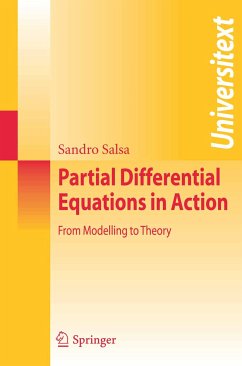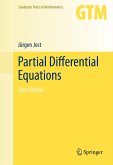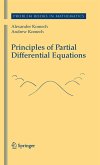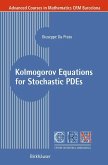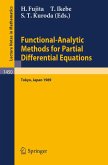The main topic of the second part is the development of Hilbert space methods for the variational formulation and analysis of linear boundary and initial-boundary value problems\emph{. }%. Given the abstract nature of these chapters, an effort has been made to provide intuition and motivation for the various concepts and results. The understanding of these topics requires some basic knowledge of Lebesgue measure and integration, summarized in another appendix.
At the end of each chapter, a number of exercises at different level of complexity is included. The most demanding problems are supplied with answers or hints. The exposition if flexible enough to allow substantial changes without compromising the comprehension and to facilitate a selection of topics for a one or two semester course.
Dieser Download kann aus rechtlichen Gründen nur mit Rechnungsadresse in A, B, BG, CY, CZ, D, DK, EW, E, FIN, F, GR, HR, H, IRL, I, LT, L, LR, M, NL, PL, P, R, S, SLO, SK ausgeliefert werden.
"This book reflects several years of the author's teaching experience ... on partial differential equations taught to students in applied mathematics, physics and engineering. ... The book is well-organized and is written in a lucid and rigorous manner. ... This highly recommended book is a good resource for a solid course on modern methods and applications of partial differential equations at the advanced undergraduate or introductory graduate level." (Yuri V. Rogovchenko, Zentralblatt MATH, Vol. 1146, 2008)

